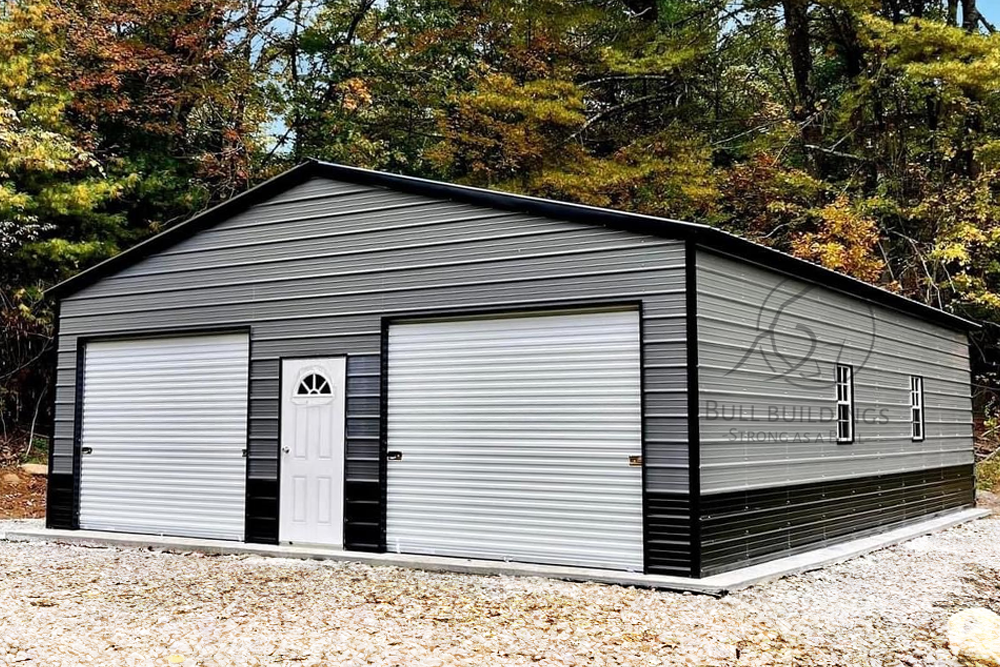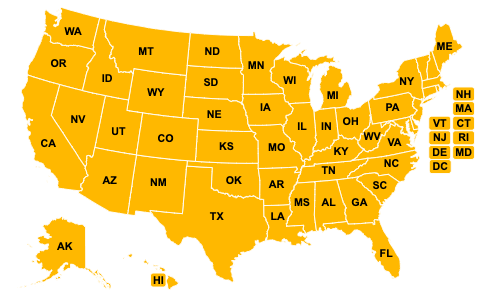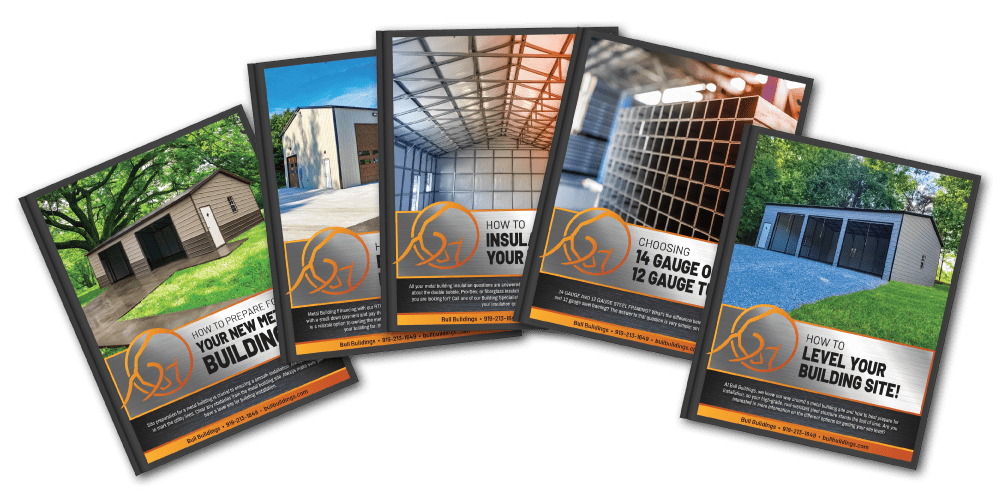
For homeowners looking to add secure storage, a workspace, or extra vehicle protection, a prefab garage is a practical solution. These structures offer durability, efficiency, and cost savings compared to traditional builds. But how much is a prefab garage? The answer depends on several key factors, including size, materials, customization, and installation requirements.
Prefab garages are built off-site and delivered ready for assembly, making them an efficient choice for those who need a quick and sturdy structure. Whether you’re considering a single-car unit or a large metal prefab garage with extra space, understanding the cost breakdown will help you make an informed decision.
Size and Design Influence the Price
When it comes to building a garage, size is one of the biggest factors affecting cost. A small single-car garage will naturally be more affordable than a multi-car structure with added storage or workspace. The footprint of the building determines the amount of material needed, as well as the complexity of the construction.
Larger prefab garages often require reinforced foundations, more framing, and additional support to accommodate heavy loads. If you’re planning to store multiple vehicles, equipment, or recreational gear, opting for extra space upfront can be a smart long-term investment.
The design also plays a role in pricing. A basic rectangular structure with a standard roofline will be more cost-effective than a model with a loft, custom doors, or architectural enhancements. Multi-level garages, which provide additional storage or the potential for conversion into a workspace, tend to increase costs due to added materials and labor.
Materials Matter: Wood vs. Metal Prefab Garages
The type of material you choose significantly affects both the upfront cost and long-term maintenance requirements. Wood and metal prefab garages are the two most common options, each offering distinct advantages.
Wood garages often provide a traditional aesthetic that blends well with residential properties. They can be painted or stained to match a home’s exterior and allow for easy modifications. However, wood requires more maintenance over time to prevent warping, rot, or insect damage.
Metal prefab garages, on the other hand, are known for their durability and low maintenance. They resist moisture, pests, and fire better than wood structures, making them a long-lasting option. Metal buildings also offer better resistance to extreme weather conditions, which is particularly important in areas prone to heavy snowfall or high winds. The downside is that metal can be more expensive upfront, especially if additional insulation or soundproofing is needed.
Choosing between wood and metal often comes down to personal preference, climate considerations, and how the garage will be used. If longevity and minimal upkeep are priorities, a metal prefab garage may be the better choice.
Foundation and Site Preparation Costs
A strong foundation is essential for any prefab garage, but the type of foundation required depends on the size and weight of the structure. A smaller garage might only need a crushed stone base, while larger units typically require a poured concrete foundation.
Site preparation is another factor to consider. Clearing the area, leveling the ground, and ensuring proper drainage all contribute to the overall cost. Some locations may require additional groundwork due to uneven terrain or soil conditions. Municipal regulations and permit requirements can also affect expenses, as some areas have strict guidelines on foundation specifications.
Prefab garage manufacturers often provide guidance on the best foundation type for their structures, helping homeowners avoid costly mistakes. Proper installation ensures the garage remains stable, secure, and weather-resistant for years to come.
Customization Options and How They Impact Cost
Prefab garages offer a range of customization options that can significantly influence the final price. While a basic garage will provide storage and protection for vehicles, many buyers opt for additional features to enhance functionality and aesthetics.
Door and window choices play a major role in the cost. A standard roll-up door is included in most prefab models, but larger or insulated doors will add to the total expense. Walk-in doors and additional windows improve ventilation and access, making the garage more user-friendly, but each addition increases material and installation costs.
Roof style is another key factor. A simple gable roof is the most affordable, while a steeper pitch or multi-layered design provides better drainage and adds a more refined look. Some garages feature overhangs or lean-tos, creating shaded outdoor areas for additional workspace or storage. These structural additions provide value but require more materials and labor, which impacts pricing.
Interior features such as insulation, electrical wiring, and storage solutions add both comfort and utility. Insulated walls and roofing help regulate temperature, making the garage more energy-efficient year-round. Built-in shelving, workbenches, or loft storage allow for better organization, turning a standard garage into a functional workshop.
Aesthetic upgrades, including custom siding, decorative trim, or specialty paint finishes, also add to the final cost. While these options are not necessary for structural integrity, they enhance curb appeal and help the garage blend with surrounding buildings. Buyers should weigh the importance of these features against their overall budget to find the right balance of practicality and style.
Delivery, Assembly, and Permits
Prefab garages are designed for efficient delivery and installation, but logistical costs can vary based on location and accessibility. Many manufacturers offer free or discounted delivery within a certain radius, while others charge based on mileage. The complexity of the assembly also impacts costs. Some garages arrive in sections that require on-site construction, while others are fully assembled and simply placed onto the foundation.
For those looking to save money, self-assembly may be an option. Prefab kits come with detailed instructions and pre-cut materials, allowing experienced builders to handle the installation themselves. However, hiring professionals ensures proper alignment, secure anchoring, and adherence to local building codes. A poorly assembled garage can lead to structural issues over time, making professional installation a worthwhile investment for many buyers.
Permits and zoning regulations vary by location and must be considered when budgeting for a prefab garage. Some municipalities require specific setbacks, height restrictions, or structural reinforcements, all of which can affect pricing. Checking with local authorities before purchasing a garage helps avoid unexpected costs or delays in construction.
Can You Convert a Prefab Garage Into Something More?
A prefab garage is designed primarily for storage and vehicle protection, but many owners find creative ways to repurpose these structures. With the right modifications, a garage can serve as a workshop, home gym, or recreational space. Some buyers explore the idea of converting a prefab garage into a livable space, but this presents challenges.
Most prefab garages are not designed to meet residential building codes, which require insulation, ventilation, plumbing, and electrical systems. Upgrading a garage to a livable space may require significant modifications, including new flooring, additional framing, and climate control solutions. While it is possible, it often requires more investment than simply building a structure designed for habitation from the start.
For those looking to use a prefab garage as a workspace, the conversion process is much simpler. Insulation, electrical outlets, and interior finishes can transform the space into a comfortable environment for woodworking, mechanics, or hobby projects. As long as the intended use aligns with the garage’s structural capabilities, modifications can enhance its value and functionality.
How Bull Buildings Helps You Find the Best Prefab Garage
With our “We Shop For You” service, you don’t have to spend time searching for the right supplier or worrying about whether you’re getting a fair deal. We handle the legwork, match you with the best manufacturer, and make sure your prefab garage meets all necessary standards.
Whether you need a basic storage garage, a durable metal prefab garage for equipment, or a larger structure for multiple vehicles, Bull Buildings makes the process simple. We focus on getting you the best deal without unnecessary upsells or gimmicks.



